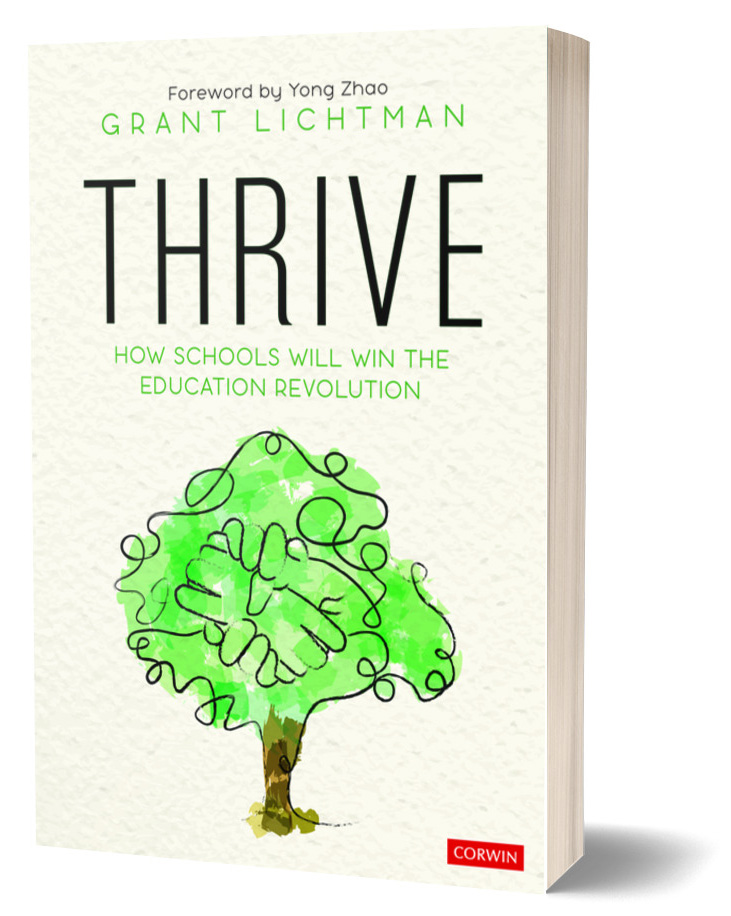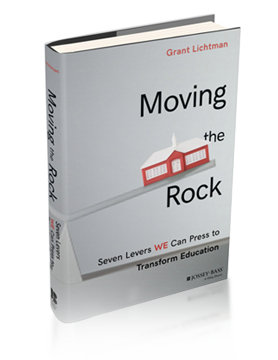Nothing could be more true for K-12 education than this by a team of seasoned management consultants writing in the MIT Sloan Management Review:
A fundamental assumption underlying traditional approaches to strategy is that industry boundaries and economics remain broadly stable over time. This assumption is no longer realistic…
Change, not stability, are the key drivers for most organizations today, and that was true even before the triple tectonic shifts of 2020: pandemic, economic disruption, and acceleration of the long battle against social injustice.
As the authors suggest, business leaders need to adopt two design principles in their strategic work. The first is to refocus from what is stable to what is changing. Most schools have traditionally relied on their rear-view mirror, tweaking what they have done well in the past assuming it will work well in the future. That is a decreasingly good bet.
The second is “the requirement that companies show that they are actively contributing to the broader society”. Schools think they have done this well in the past because we serve the needs of children. But there is a very wide range of how school stakeholders view “contributing to the wider community”, which means we need to involve more stakeholders in the definition, and open, perhaps dramatically, our aperture to a much broader range of potential contributions. Our customers want and expect it.
The authors suggest a simple matrix for identifying strategic options. Their MADStrat framework has some similarities to the Three Horizons approach which many of us have used and recommended for decades, but with some interesting nuance:

The Fit to Purpose axis asks, “Who are you different for?” The needs of our customers are changing rapidly; they sure did in 2020. What students need to prepare them to succeed has changed dramatically in the last decade or so, and the rate of that change is now beyond anything else we have ever experienced. We can’t sit back and say, “a good textbook-based liberal arts education will meet the need of every child”. It just is not true.
The Relative Advantage axis asks, “How are your offerings valuably different from those of others?”, including both traditional and non-traditional competitors. The number and range of non-traditional sources of learning and relevant education is on the rise in many markets. Even the concept of “market” has become increasingly dynamic as our acceptance and comfort with virtual learning increases.
In the past, most successful schools have placed themselves in the Enhance Magnitude area of the plot. They have done “more of the same, only better”. Today, many schools have shifted to the Reimagine Activity region; they are seeking new ways to satisfy customer needs, many of which, due to low barriers to competitive advantage, are only “new” for a very short period of time.
Leading schools are spending at least some time and energy really focused on the Shift Direction region. They understand that their “fit to purpose” is changing due to conditions beyond their control and they can either adjust or be left behind. They understand that the “relative advantage” of something like a STEM learning program, a makerspace, or a leadership development track do not provide actual differentiated value. They are imagining and piloting possible Third Horizon shifts that will create separation in the value equation for their customers.
I certainly plan to add this tool to my toolkit as I work with schools and districts to try to keep pace with the real demands of a changing world.













Leave A Comment